The tiny bloodsuckers come out closer to summer and stay with us until autumn. These small parasites though seeming harmless cause serious health problems since they transmit various diseases.
These bloodsuckers prefer to dwell in grassy and wooded areas waiting for the host to come. So if you are going for a hiking tour, remember to protect yourself with the long-sleeved jacket, a cap, and trousers.
Related: What Eats Ticks?
Does the way exist to spot the pest’s bite? Yes, it does, even despite the fact that their bites cause no pain, and people usually don’t notice them until the first symptoms appear.
- itching
- the skin turns red at the place where the bite was caused
- some people may feel intense pain that reminds the joints ache


Related: Bugs That Look Like Ticks



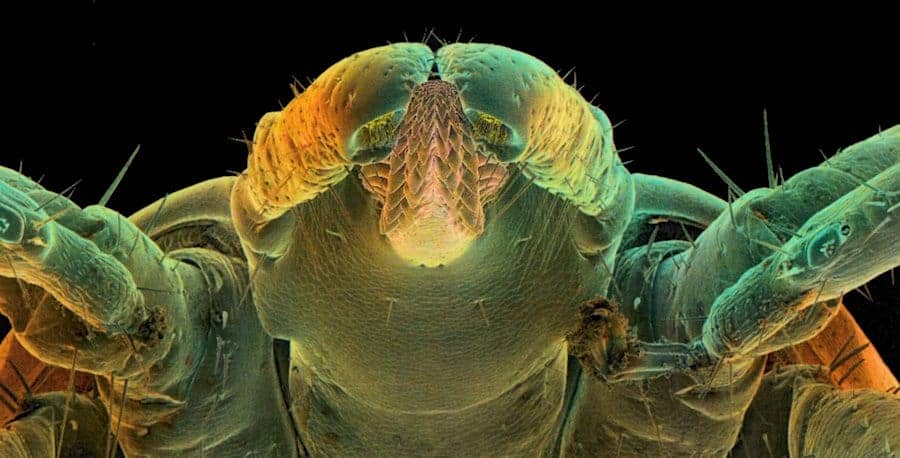
There may also be more severe signs in case someone is too sensitive to parasites:
- rash
- shortness of breath
- insensibility
- bump
- paralysis of different types

What to do if any of these indicators are found? If you know how to extract the bloodsuckers, find it on yourself and delete it. If you’re in doubt, go to the hospital and ask for help.
Despite these beasts are quite dangerous, they have several curious traits we could never think about!
- Ticks live on Earth for 90 million years by now!
- Adult pests that suck blood are always female
- The illness transferral happens closer to the end of a feeding
- These parasites belong to the same family as spiders!
- They can only crawl
- The pests feed on blood during the whole life cycle
- Their stings are pain-free
- Most stings of the bloodsuckers don’t transfer dangerous bacillus
- Any pest’s sting can be handled with a local disinfecting and curing cream


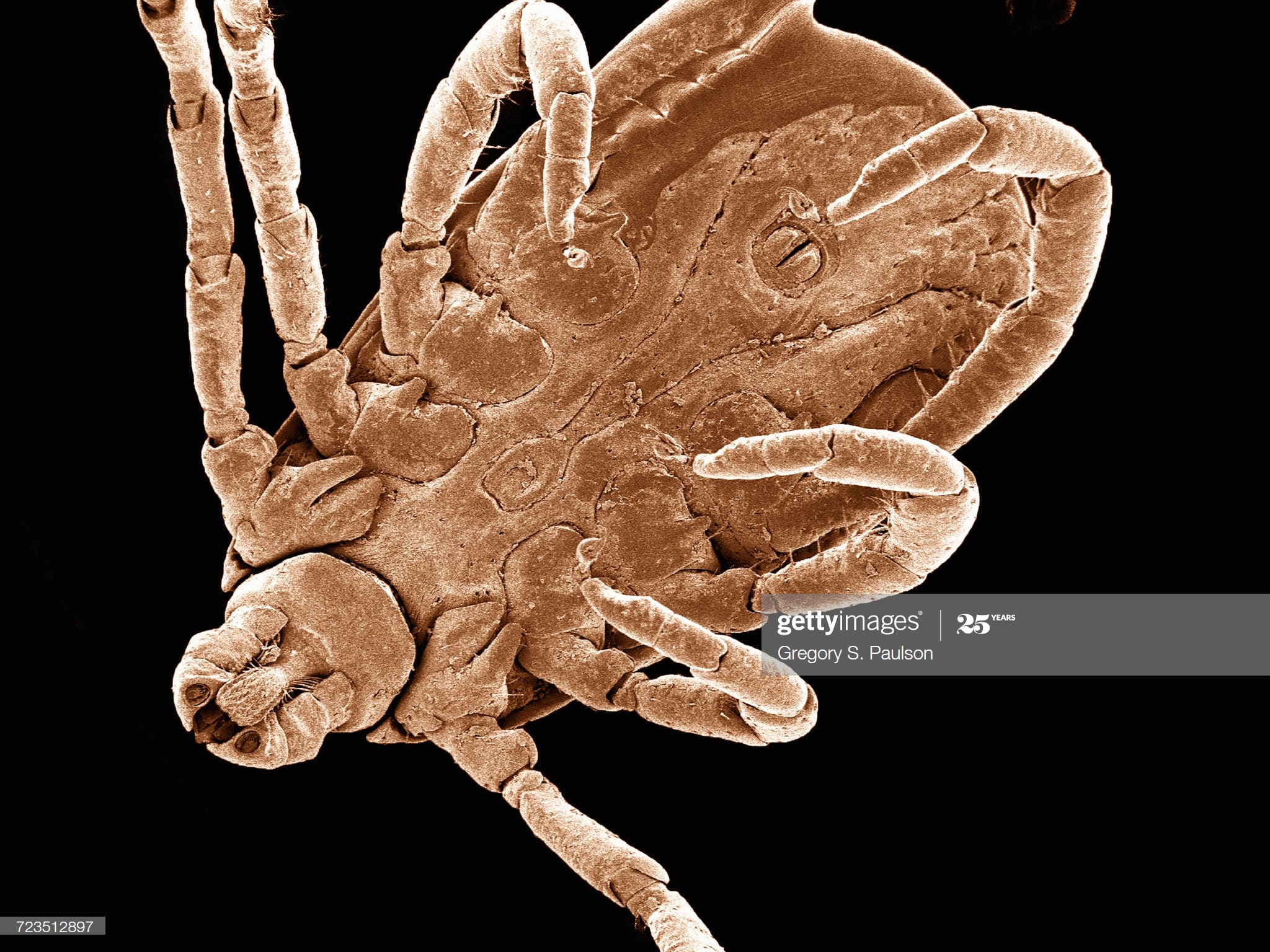

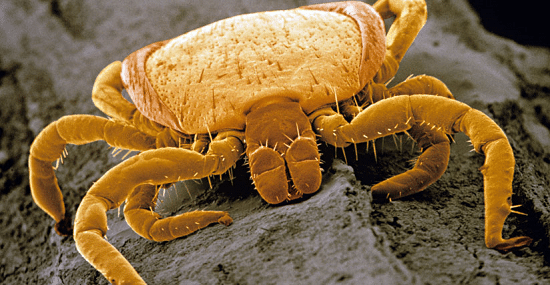



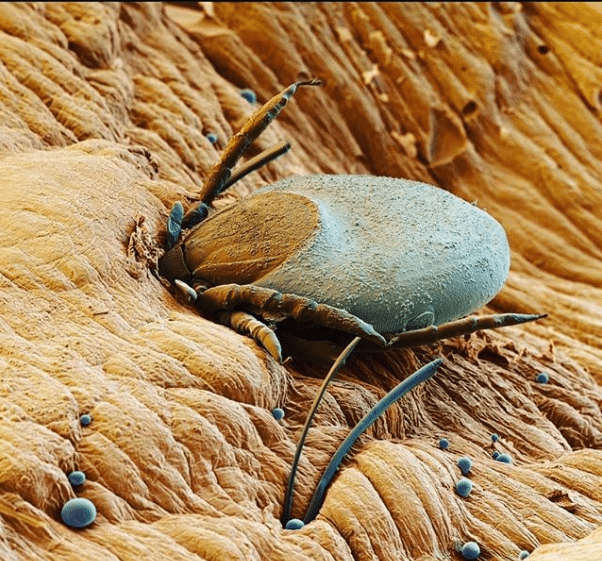

rutgersedurutgers.edu


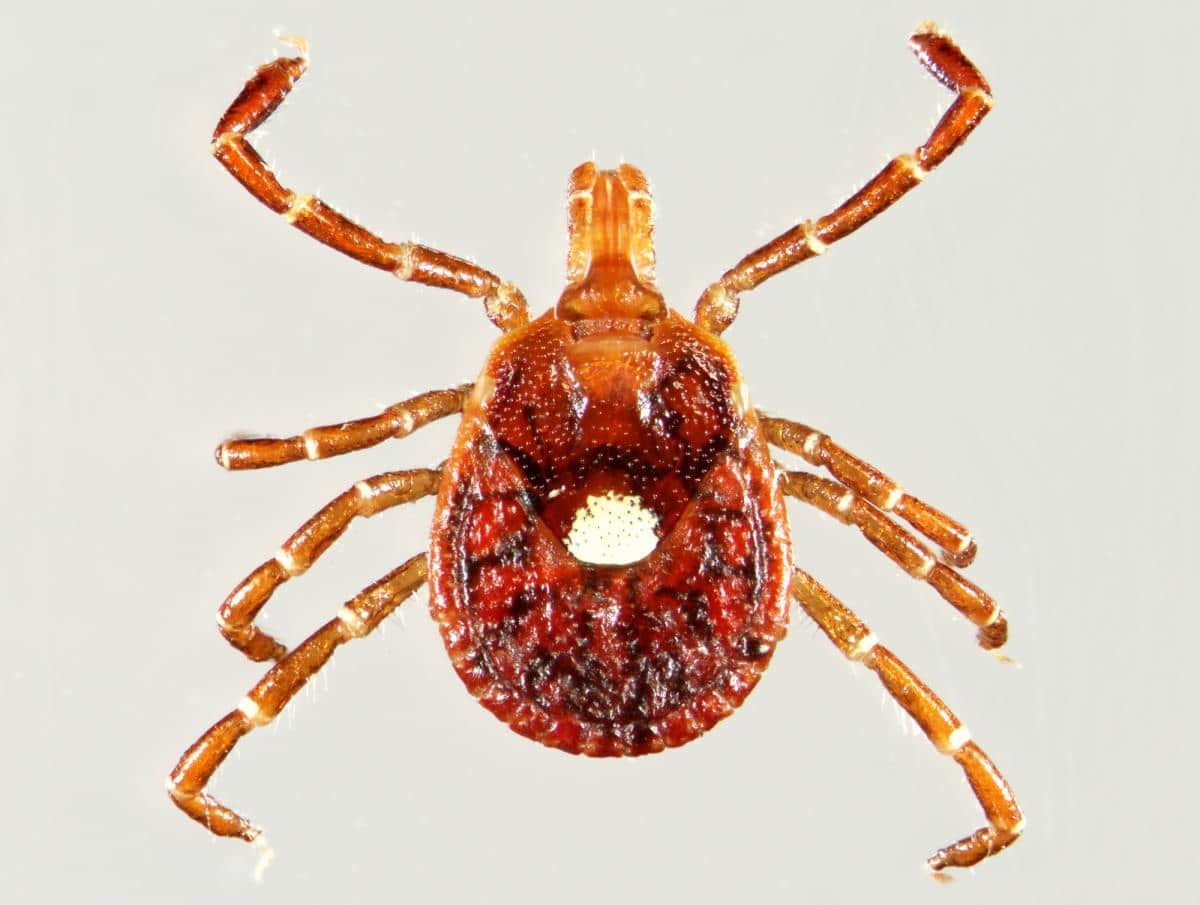
So be careful when going outside if you know these “vampires” are out hunting and pre-treat yourself and your family members with a repellent just in case.
Read next: Tick Nest and What do Tick Eggs Look Like?